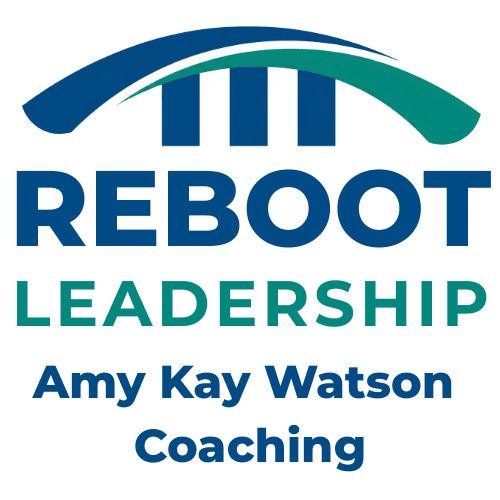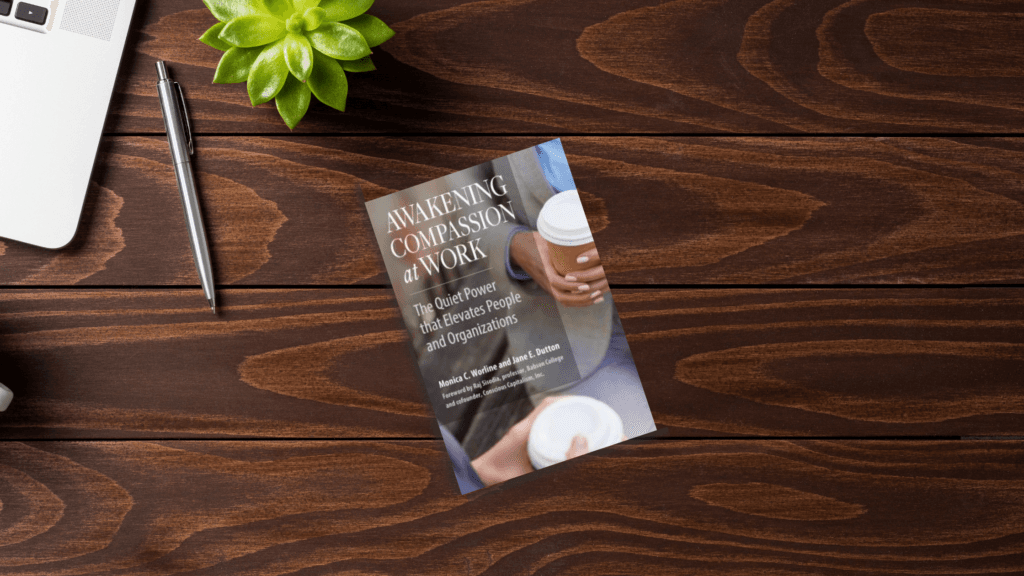A client recently told me, “I know perfectionism is supposed to be bad, but I can’t let it go. It’s the reason my work is better than everyone else’s.” She isn’t entirely wrong. But she is scientifically misunderstanding the engine of her success. Research in organizational psychology draws a sharp line between two distinct traits
Tag Archives: Integrity and Wholeness
In 2023, 42% of workers reported feeling burned out, a statistic that had climbed steadily since 2020. But for senior leaders, the problem isn’t just the number of people burning out; it’s the type of people we are losing. We are seeing seasoned veterans (the ones who usually “power through”) hitting a wall. For years,
You have a team member who isn’t delivering. They seem disengaged, self-interested, or perhaps they are actively dropping the ball. The instinct for most high-performing leaders is frustration. You look at the facts, the reality, and the obvious solution, and you wonder: Why won’t they just do the right thing? When you feel this frustration,
There is no excerpt because this is a protected post.
For many leaders, the simple phrase “holding someone accountable” creates a knot in their stomach. We dread it, seeing it as the opposite of empathy. This is a common cycle I call the “Reformer’s Trap.” It’s what happens when leaders, often with the best of intentions, default to judgment at the expense of trust. (If
Hi. I’m Amy Kay Watson, and I’m addicted to electronics…
Every third Sunday of the month, I have set aside a device-free day. That means this Sunday, I won’t be on email, social media, or even the phone.
If you struggle to talk about your accomplishments without feeling uncomfortable, you’re in good company. For many professionals, self-promotion can feel like boasting, bragging, or stealing attention from others. But there’s a more generous way to think about it: valuable self-promotion lives at the intersection of empathy and accountability. It’s about making your contributions visible
Summary: Talking to HR about something that matters can feel risky—especially if you’re worried about being dismissed, misunderstood, or seen as “too emotional.” This guide helps you prepare for those conversations with clarity, strategy, and courage—so you can speak up without losing your voice. HR exists to protect the company, not necessarily you. That doesn’t
There is no excerpt because this is a protected post.











